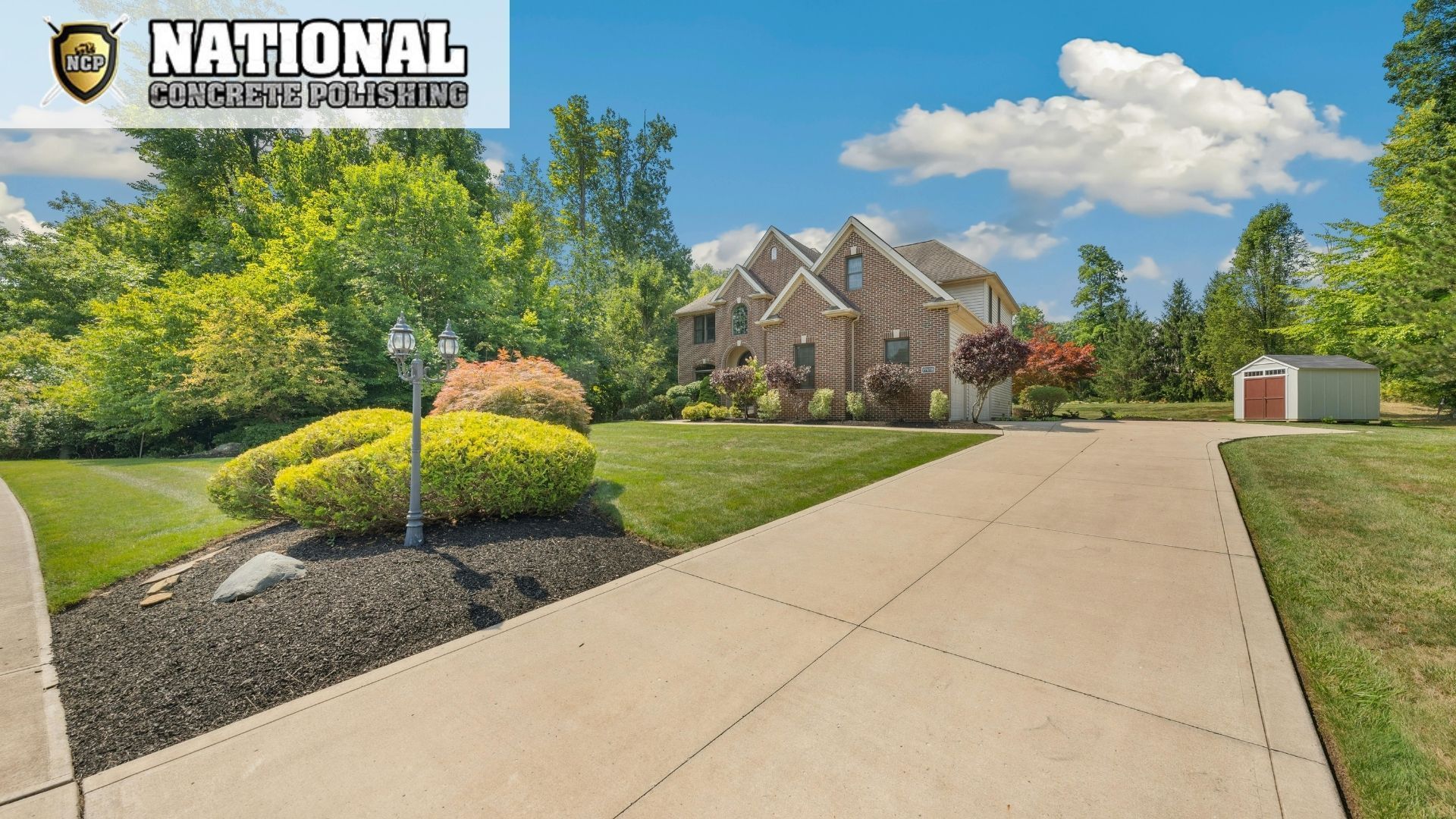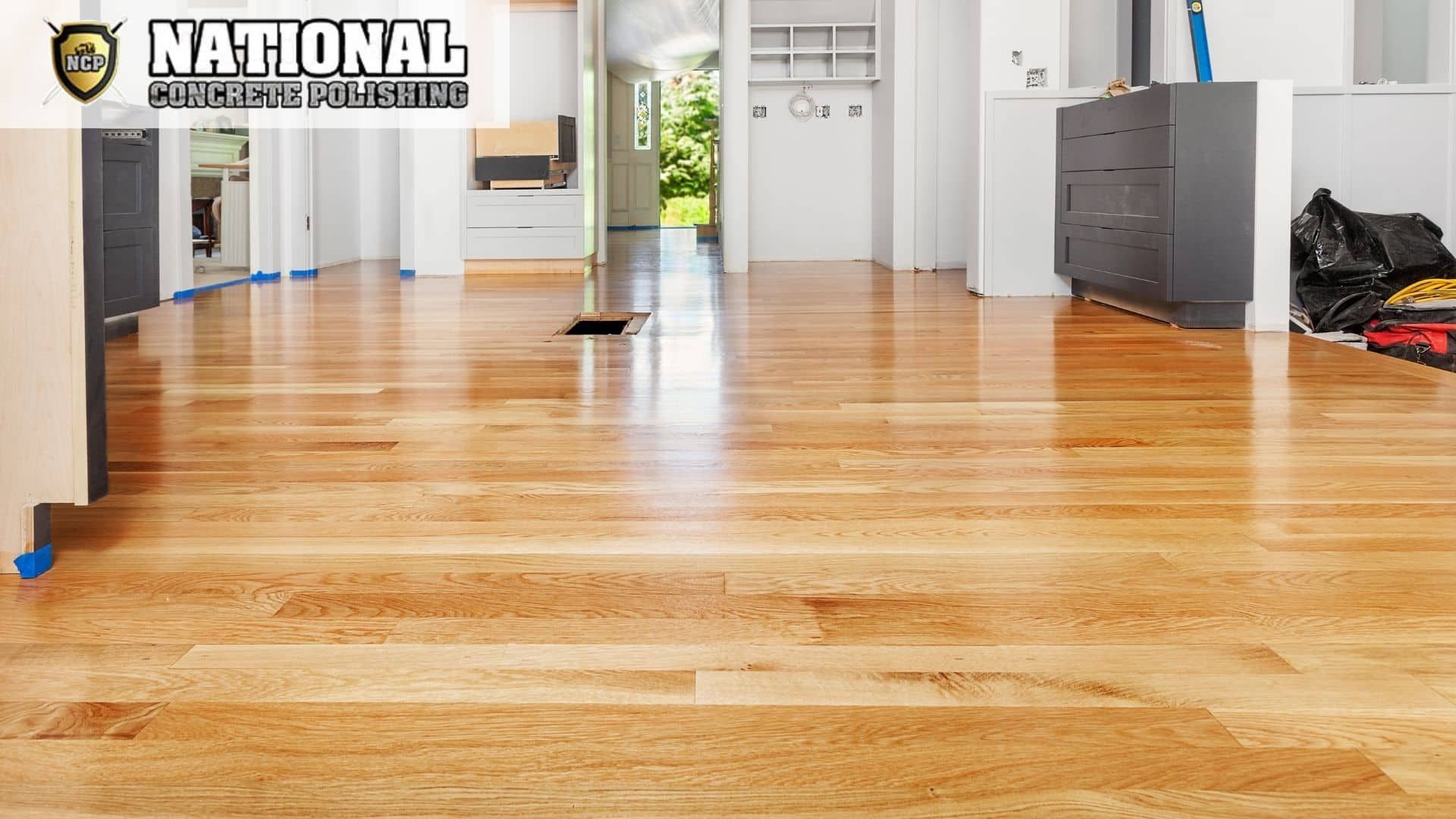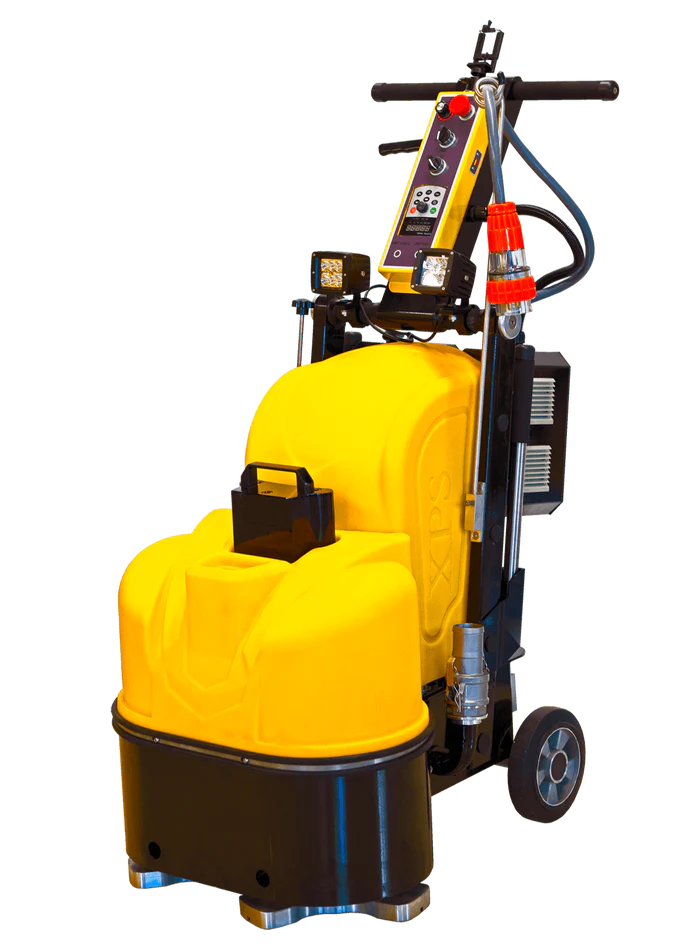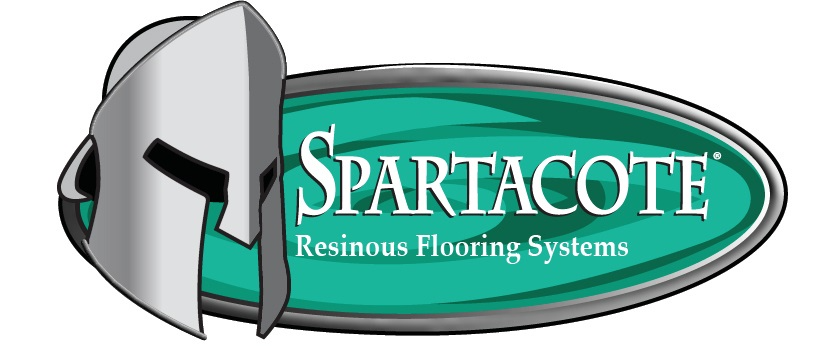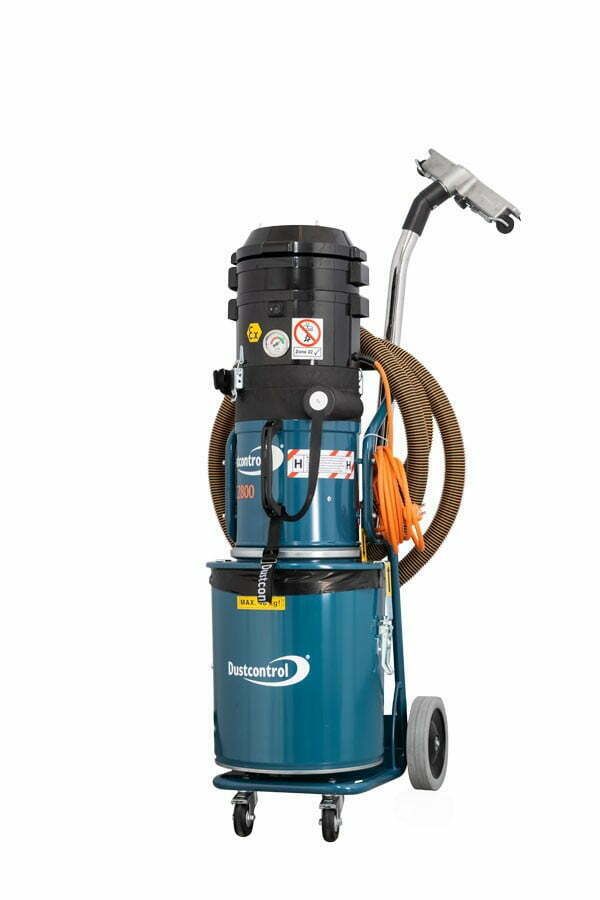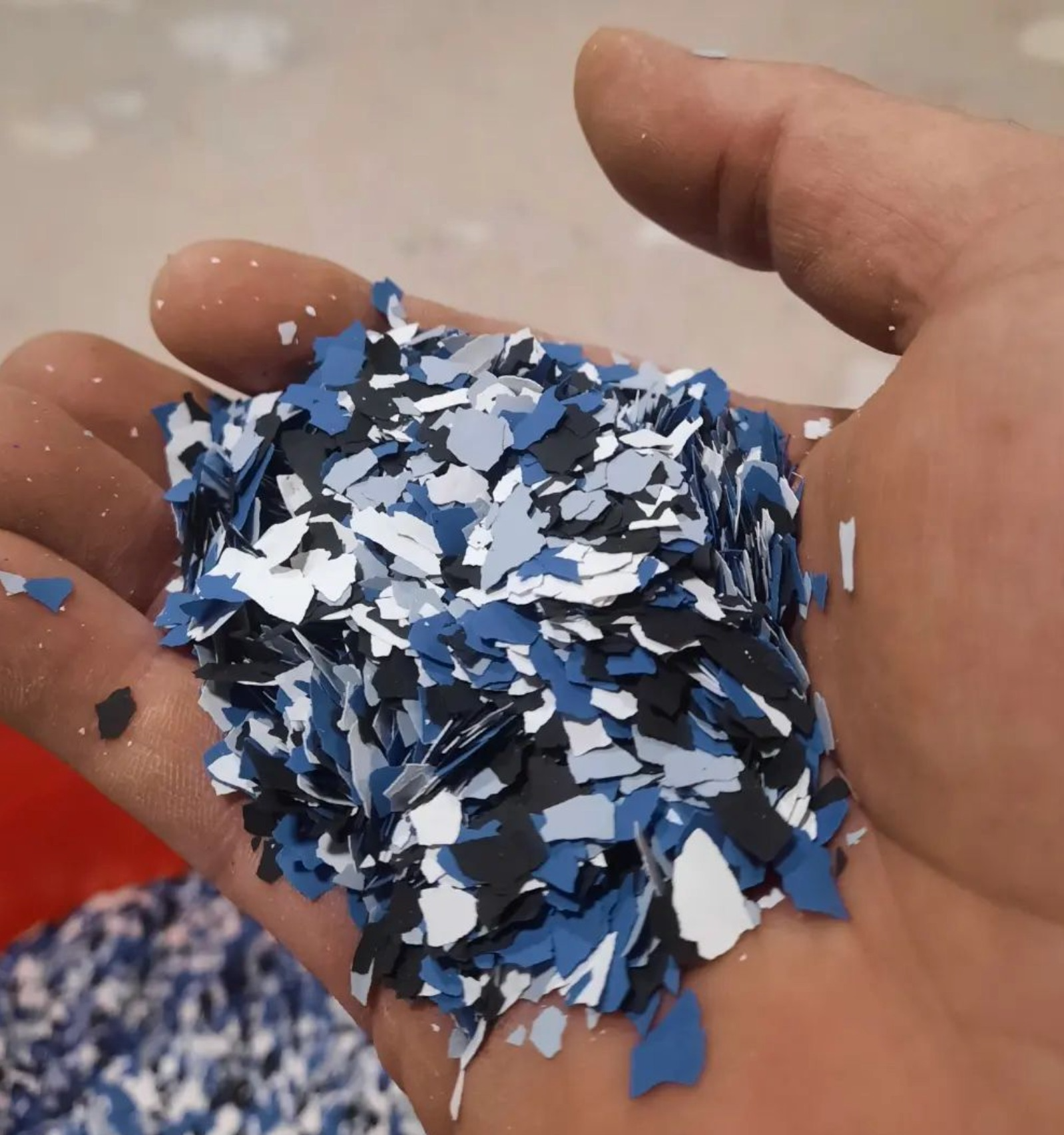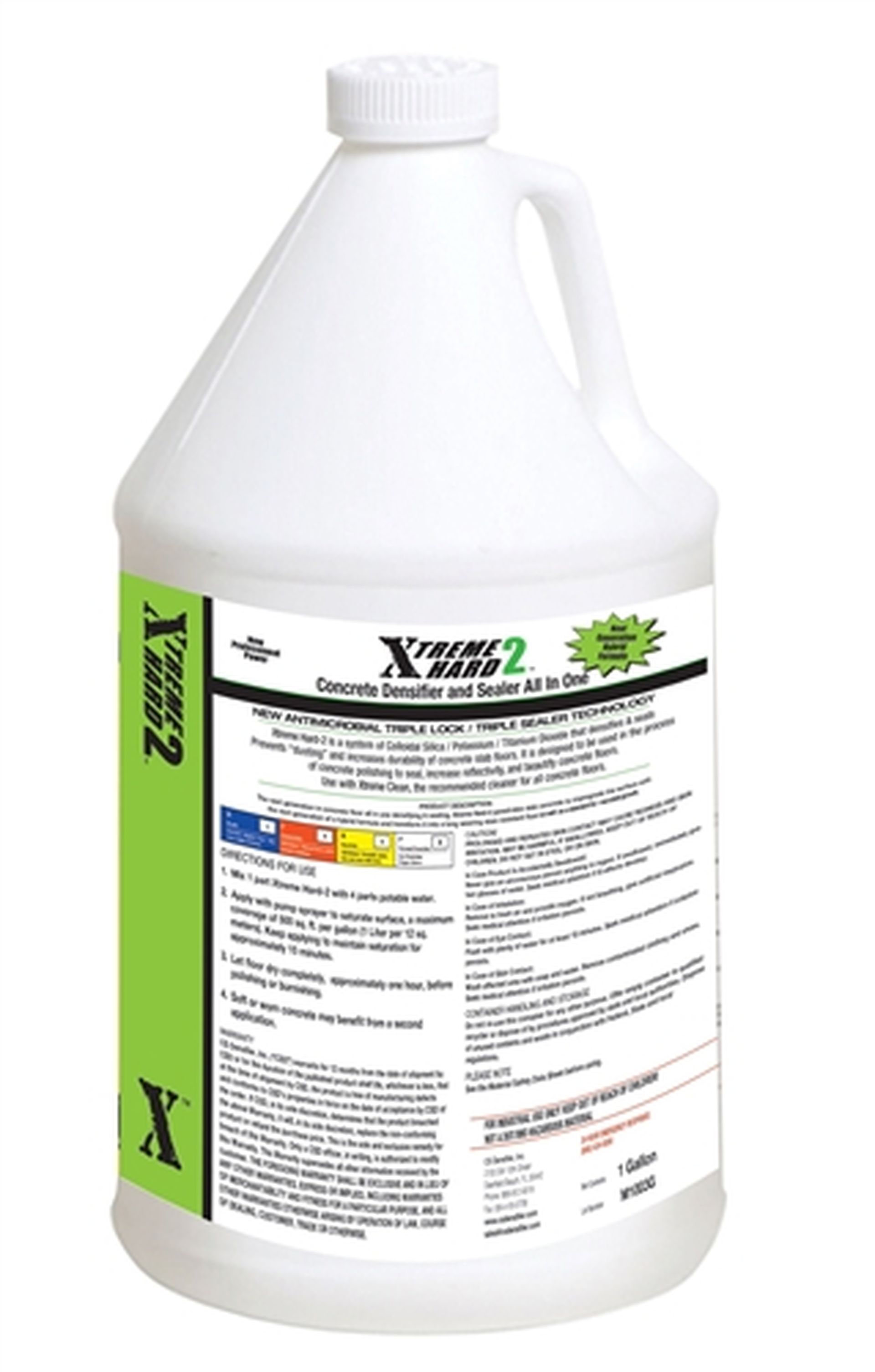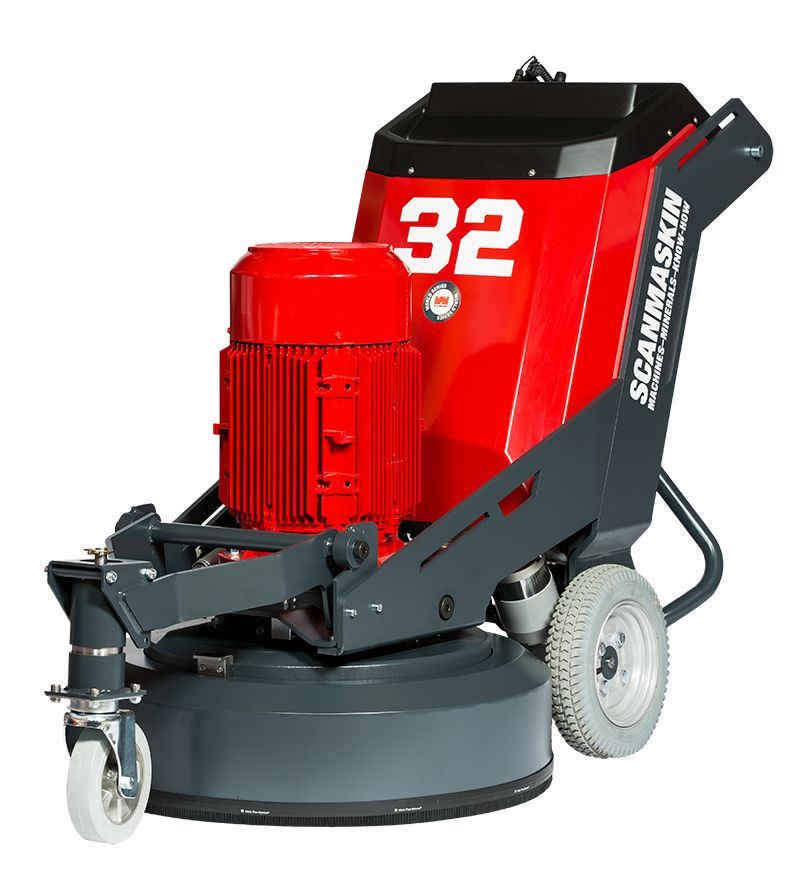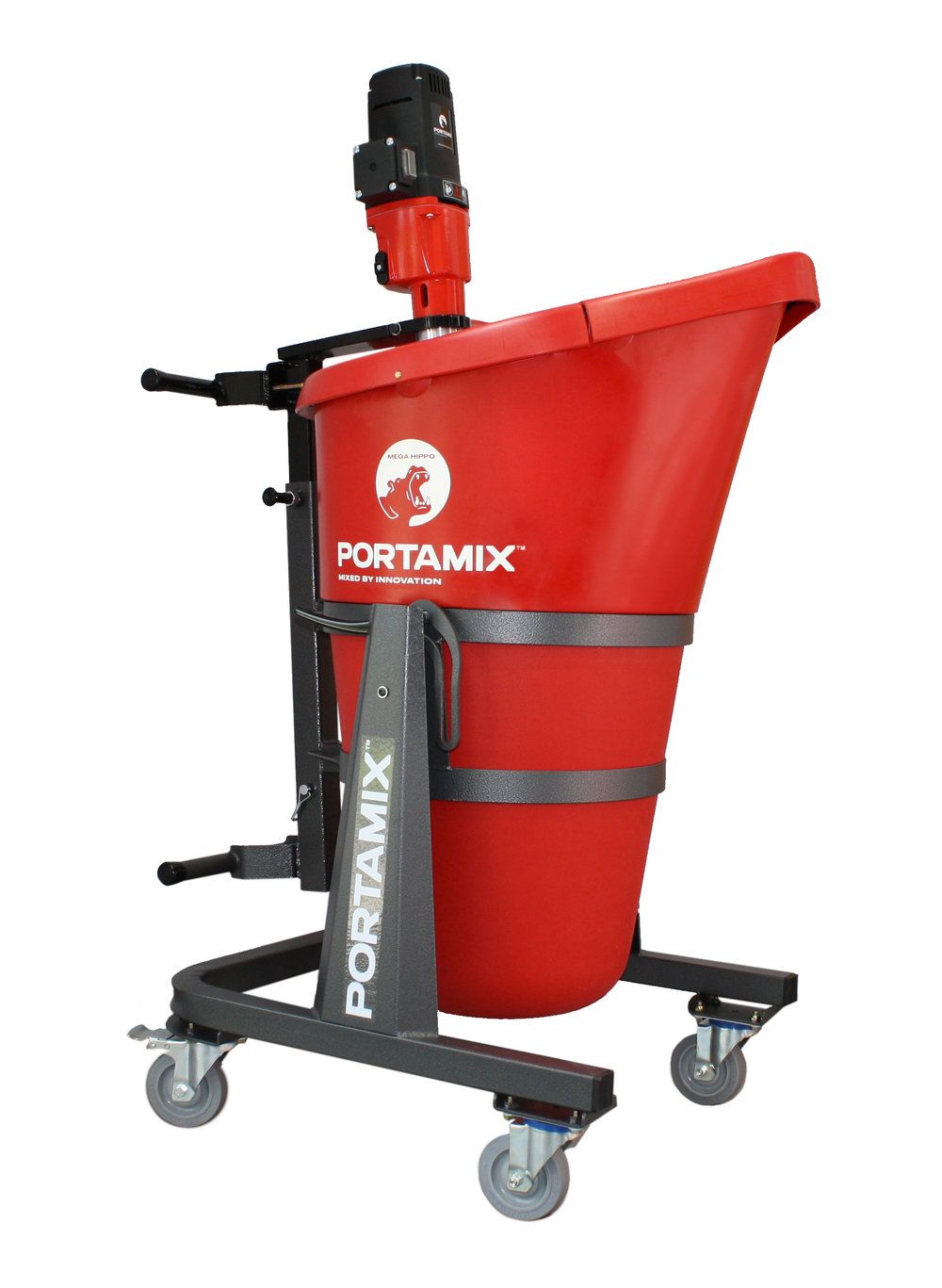Discover What Makes Epoxy Floors Food-Safe for Miami Restaurants
Did you know 60% of food safety violations in commercial kitchens involve flooring failures? In South Florida’s sticky climate, cracked tiles or porous surfaces can harbor dangerous bacteria, turning your dining area into a liability. This risk isn’t just theoretical—health inspectors prioritize flooring integrity during audits, and noncompliance could shutter your business.
High humidity accelerates wear on traditional materials, creating cracks where contaminants thrive. Slippery spills or trapped moisture also endanger staff and customers. For local establishments, choosing the right surface isn’t just about aesthetics—it’s a frontline defense against health hazards.
Modern solutions like seamless, nonporous coatings address these challenges head-on. They resist moisture penetration and simplify cleaning, aligning with Florida’s strict food safety codes. By prioritizing durable, hygienic surfaces, you protect your reputation and avoid costly fines.
Key Takeaways
- Flooring issues contribute to 60% of food safety violations in commercial kitchens.
- Florida’s humidity intensifies risks of bacterial growth in damaged surfaces.
- Health inspectors prioritize slip resistance and ease of sanitation during audits.
- Seamless, nonporous materials prevent moisture absorption and contamination.
- Compliant flooring reduces operational risks and maintenance costs over time.
Introduction to Food-Safe Epoxy Flooring for Miami Restaurants
Restaurant owners in Miami face unique challenges with flooring due to humidity and salt air. Traditional materials like tile or vinyl crack under heavy equipment , creating breeding grounds for pathogens. State health codes mandate surfaces that repel moisture and withstand daily chemical exposure.
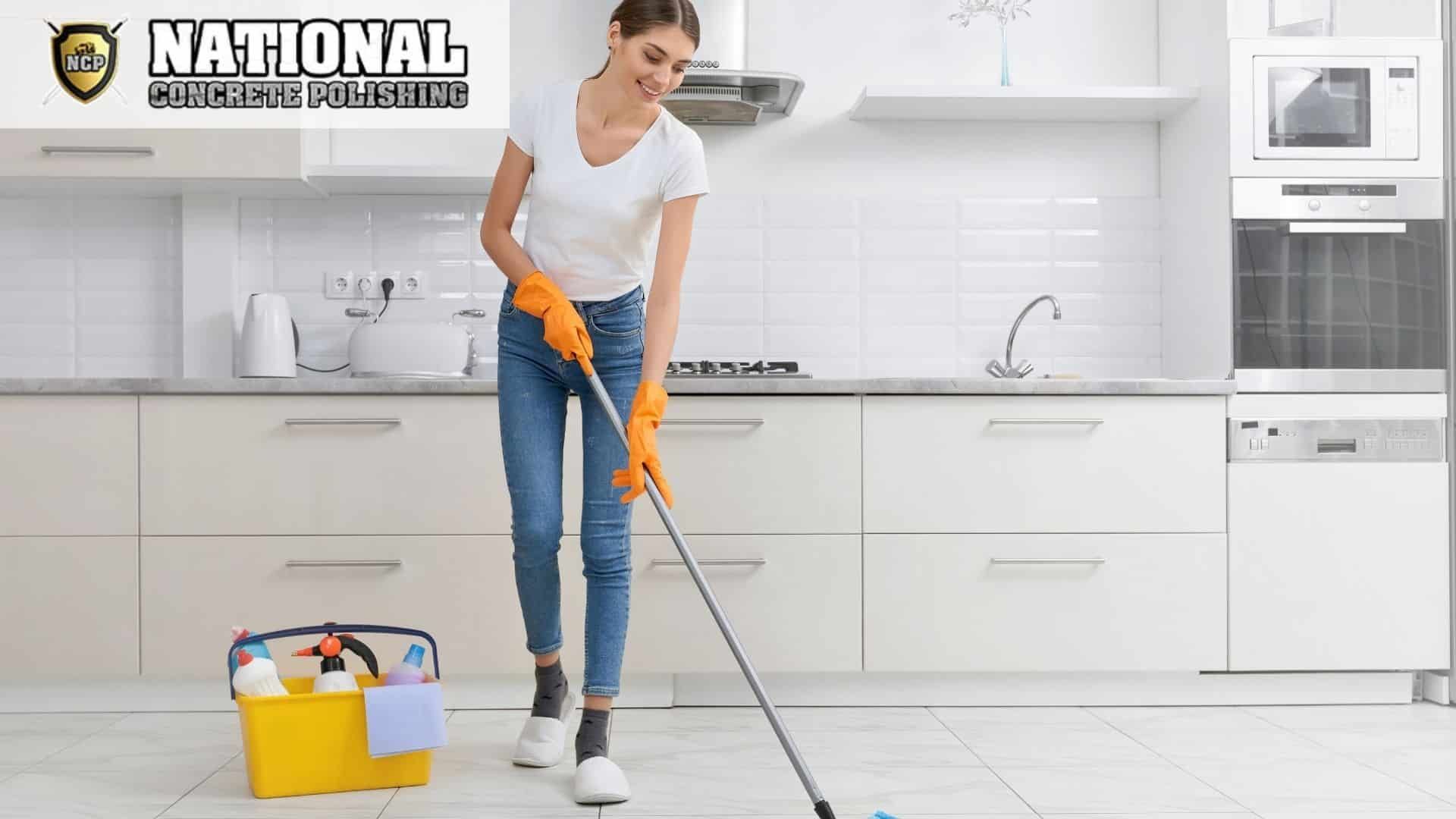
Seamless epoxy systems eliminate grout lines and gaps where bacteria accumulate. This nonporous barrier stops liquids from seeping into sublayers, critical for food preparation zones. Unlike alternatives, these coatings adapt to temperature shifts without warping – vital in coastal climates.
| Feature | Epoxy | Tile | Vinyl |
|---|---|---|---|
| Moisture Resistance | Complete | Partial | Moderate |
| Seamless Surface | Yes | No | No |
| Maintenance Effort | Low | High | Medium |
| Durability (Years) | 10-15 | 5-8 | 3-5 |
Commercial kitchen environments demand surfaces that endure constant traffic and sanitation routines. Epoxy’s chemical-resistant properties allow thorough cleaning without degrading the material. This durability aligns with Florida’s safety protocols for food service operations.
Salt air accelerates corrosion in standard materials, but specialized epoxy formulas combat this erosion. Proper installation creates sloped surfaces that channel spills to drains, reducing slip hazards. These features help maintain compliance during surprise health inspections.
What Makes Epoxy Floors Food-Safe for Miami Restaurants
Surfaces in food preparation zones become contamination hotspots when constructed with porous materials. Bacteria thrive in microscopic cracks, multiplying rapidly under heat and humidity. Modern protective systems address this through engineered properties that block biological threats at the source.
Key Benefits of Epoxy Coatings for Hygiene
Advanced polymer formulas create impenetrable barriers against liquids and organic matter. Unlike grouted tiles, these continuous surfaces leave no hiding spots for pathogens. Three core attributes ensure compliance with health regulations:
| Property | Impact on Hygiene | Traditional Materials |
|---|---|---|
| Nonporous Structure | Blocks 99.9% liquid absorption | Absorbs spills through grout |
| Seamless Application | Eliminates contamination seams | Creates bacteria-harboring joints |
| Chemical Resistance | Withstands bleach and sanitizers | Degrades under strong cleaners |
Adherence to Safety and Sanitation Standards
Health codes require surfaces that support rigorous cleaning protocols. Epoxy systems maintain integrity through daily pressure washing and steam treatments. Specialized formulations include antimicrobial additives that inhibit mold growth between deep cleans.
Food production areas benefit from surfaces that resist acidic ingredients like citrus juices and vinegar. This prevents material breakdown that could introduce particles into preparation zones. Proper installation ensures compliance with FDA requirements for easy-clean environments.
Epoxy Coatings: Durability & Compliance in Commercial Kitchens
Commercial kitchens operate like industrial workspaces, demanding surfaces that endure fryer heat, rolling carts, and chemical splashes daily. Traditional flooring cracks under these conditions, but modern solutions meet the challenge through engineered resilience.
Material Advantages for Heavy Foot Traffic
High-performance coatings handle 300+ pounds per square inch without cracking. This strength comes from cross-linked polymers that flex under pressure rather than fracture. Unlike brittle tiles, these surfaces absorb impacts from dropped utensils or equipment.
Thermal shock resistance proves critical near ovens and walk-in freezers. Epoxy maintains structural integrity through 40°F to 140°F swings. This prevents warping or gaps that compromise sanitation standards.
Grease and acidic spills dissolve inferior materials but slide off chemically resistant surfaces. Daily scrubbing with industrial cleaners won’t degrade the coating. This durability ensures compliance with FDA 21 CFR Part 117 throughout its 15-year lifespan.
Three factors make these systems ideal for high-traffic zones:
- Non-slip textures reduce worker fatigue during 12-hour shifts
- Seamless designs eliminate tripping hazards
- Recoatable surfaces refresh protection without full replacement
State & Local Health Code Requirements
Navigating food service regulations requires understanding Florida’s two-tiered compliance system. The state adopts the FDA 2017 Food Code through Chapters 61C-1 and 61C-4 of its Administrative Code, while local jurisdictions layer additional rules.
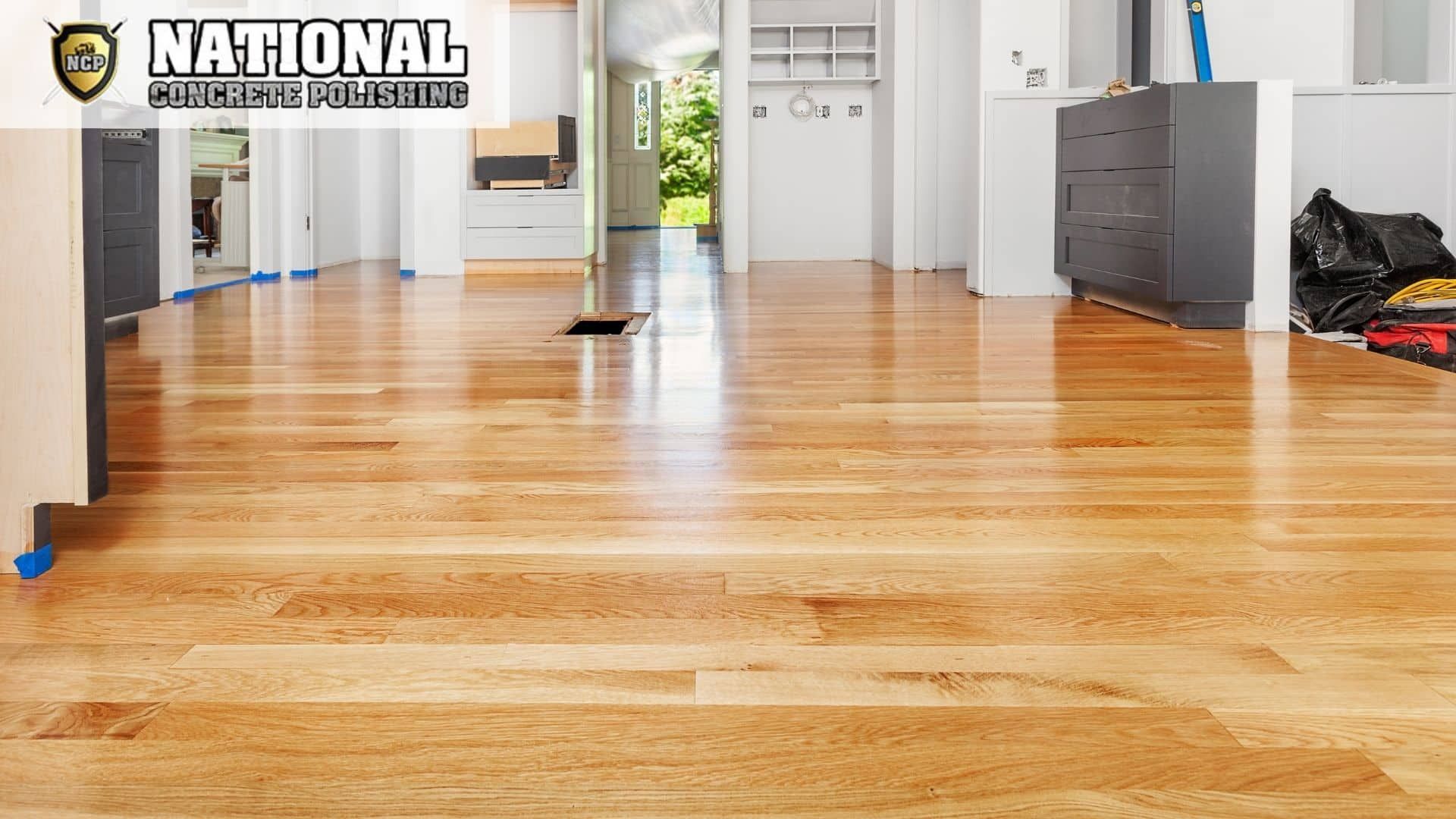
FDA Guidelines and Florida Administrative Code
State regulations mandate floors that are nonabsorbent, smooth, and easily cleanable. Chapter 61C-4 specifically requires surfaces to withstand repeated sanitation without degradation. You must ensure your flooring meets these baseline standards:
| Requirement | State Code | Miami-Dade Amendment |
|---|---|---|
| Drainage Slope | 1% minimum | 2% in food prep zones |
| Seam Allowance | No visible gaps | Zero tolerance policy |
| Chemical Resistance | Basic sanitizers | Must withstand citrus acids |
Local Health Department Amendments in South Florida
Miami-Dade County enforces stricter liquid management rules. Drainage systems must handle 50% more flow capacity than state minimums in areas with frequent spills. The Division of Hotels and Restaurants conducts unannounced inspections focusing on:
- Proper slope grading near cooking stations
- Absence of liquid pooling after cleaning
- Documentation of professional installation
Your flooring contractor should provide certification showing compliance with both state and local codes. This dual validation helps avoid violations during inspections.
Choosing the Right Materials for Food Preparation Areas
Selecting surfaces for high-risk zones requires balancing durability with sanitation needs. Common options like quarry tile and vinyl composite present hidden challenges in commercial settings. Let’s examine how different materials perform under kitchen demands.
Comparative Analysis: Epoxy vs. Traditional Flooring
Traditional tile systems create maintenance headaches through their grout lines. These gaps trap grease and organic matter, requiring scrubbing that consumes staff time. Consider these critical differences:
| Feature | Epoxy | Ceramic Tile | Vinyl |
|---|---|---|---|
| Surface Continuity | Seamless | Grouted joints | Seamed panels |
| Moisture Resistance | Impermeable | Porous grout | Edge seepage |
| Cleaning Time | 15 min/day | 45 min/day | 30 min/day |
| Impact Resistance | High | Low | Medium |
Polymer-based systems withstand thermal shocks from fryers and freezers better than brittle alternatives. Their nonporous nature also resists citrus acids and cooking oils that degrade vinyl over time.
Seamless Installation for Optimal Cleanliness
Properly installed coatings create monolithic surfaces without cracks or seams. This eliminates bacterial reservoirs found in tile grout and vinyl edges. Key installation factors include:
- Surface profiling to ensure adhesion
- Moisture barrier testing
- Curing under controlled humidity
These steps prevent delamination and ensure long-term performance. The result? Surfaces that meet health codes while reducing daily cleaning labor.
How Proper Installation Enhances Food Safety
Your kitchen’s defense against contamination starts with precision application techniques. Expert installers follow a 7-step protocol to create surfaces that meet health codes and withstand daily demands.
Surface Preparation: The Foundation of Safety
Teams begin by grinding concrete to remove contaminants and create optimal adhesion. Moisture meters test substrate conditions, preventing future bubbling or peeling. This critical phase ensures coatings bond permanently to your kitchen’s foundation.
Fast-curing systems allow partial reopening within 24 hours. Full service resumes in 2-3 days, minimizing operational disruptions. These accelerated timelines maintain food safety without extended closures.
- Diamond grinding removes 1/16” of surface material
- Industrial vacuums eliminate micro-debris
- pH testing verifies chemical compatibility
Proper slope installation directs spills toward drains at 2% grade. This meets Miami-Dade’s strict liquid management rules. Cove base integration seals wall-floor junctions, eliminating hidden contamination zones.
Certified teams document each phase for health inspection records. Their work guarantees 10+ years of compliant performance, protecting your staff and customers daily.
Maintenance and Cleaning Best Practices
Keeping your kitchen surfaces hygienic requires smart cleaning strategies. Proper care preserves the protective qualities of your flooring while meeting health code standards. Let’s explore methods that balance efficiency with safety.
Effective Cleaning Protocols
Daily maintenance starts with sweeping loose debris using soft-bristle tools. For spills, use pH-neutral cleaners and microfiber mops to prevent surface scratching. Avoid vinegar or citrus-based products that degrade protective layers over time.
| Cleaner Type | Usage Frequency | Effectiveness |
|---|---|---|
| Enzymatic Degreaser | Daily | Breaks down oils |
| Neutral Detergent | Weekly | General sanitation |
| High-Pressure Steam | Monthly | Deep pore cleaning |
Preserving Surface Integrity
Schedule quarterly inspections for minor wear spots. Reapply sealant every 18-24 months to maintain water resistance. Address stains immediately with baking soda paste rather than abrasive pads.
Deep clean grout lines monthly using steam systems. This prevents bacterial buildup without harsh chemicals. Always rinse thoroughly after sanitizing to remove residue.
Document your cleaning routine for health inspections. Proper records show proactive maintenance – a key factor in compliance audits. Consistent care extends your flooring’s lifespan while reducing repair costs.
Design Considerations: Slope, Drainage, and Seamless Transitions
Precision engineering transforms flooring from passive to protective. Strategic design elements ensure surfaces actively contribute to safety while maintaining workflow efficiency. Let’s break down the critical factors that prevent accidents and contamination.
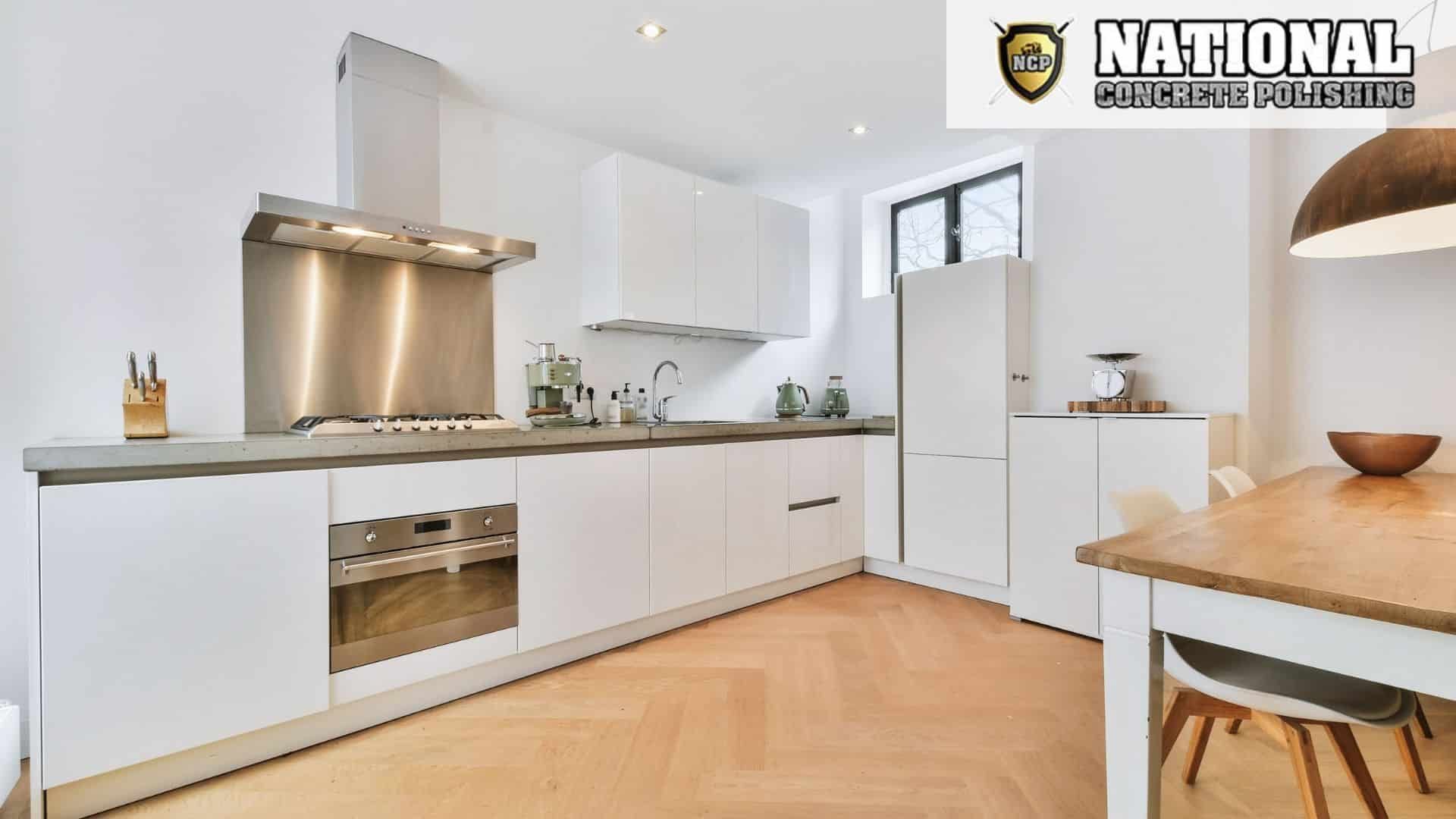
Optimizing Drainage and Preventing Water Pooling
Proper slope design directs liquids away from work zones. Systems require 1/8″ to 1/4″ drop per foot toward drains – enough for rapid drainage without creating tripping risks. Consider these implementation guidelines:
- Place drains near prep stations, dish pits, and equipment cleaning areas
- Use radiused edges instead of sharp corners at transition points
- Integrate cove bases that curve 4-6 inches up walls
These features eliminate hidden crevices where debris accumulates. Drainage channels must handle sudden liquid volumes during equipment washdowns. Professional installers test flow rates using simulated spill scenarios.
| Zone | Minimum Slope | Drain Capacity |
|---|---|---|
| Cooking Areas | 1/4″ per foot | 5 gallons/minute |
| Dish Stations | 1/5″ per foot | 8 gallons/minute |
| Walkways | 1/8″ per foot | 3 gallons/minute |
Coordinate with contractors to map high-spill zones before installation. Proper planning ensures your floor resists pooling while supporting staff movements. Documented slope measurements satisfy 85% of health inspection criteria for liquid management.
Tailored Flooring Solutions in South Florida
Coastal environments demand specialized approaches to kitchen surfaces. Humidity levels averaging 74% and salt-laden air accelerate wear on generic systems. Local contractors decode these challenges through climate-tested installation methods.
National Concrete Polishing delivers solutions engineered for South Florida’s food service landscape. Their teams combine material science with regional code expertise to create surfaces that withstand unique environmental stressors.
Local Expertise by National Concrete Polishing
Seasoned professionals understand municipal health inspectors prioritize three factors:
- Salt resistance in coastal zones
- Drainage efficiency during tropical storms
- Documentation of antimicrobial properties
Their concrete polishing techniques address Miami-Dade’s amended slope requirements. Custom blends resist corrosion from ocean air while maintaining slip resistance. Established contractor relationships streamline permit approvals and inspections.
Clients benefit from systems designed for local operational realities. High-traffic layouts receive reinforced edges near cooking stations. Prep zones integrate seamless transitions to wall surfaces, eliminating contamination risks. These tailored approaches meet 98% of regional health code criteria upfront.
Leveraging Epoxy Flooring Advantages in High Traffic Kitchens
Operational demands in busy food service environments test every surface. Constant movement of staff and equipment creates unique stress points. Protective coatings excel where standard materials crack under pressure.
Managing Thermal Shock and Chemical Exposure
Extreme temperature shifts challenge surfaces daily. Fryer stations blast 140°F heat while freezer zones plunge below freezing. Quality systems absorb these changes without warping or splitting.
Chemical resistance proves equally critical. Spilled oils and cleaning agents dissolve inferior coatings. Polymer-based surfaces repel corrosive substances, maintaining structural integrity through years of exposure.
Enhanced Performance Under Continuous Use
Rolling stock and heavy equipment leave permanent marks on traditional floors. Reinforced epoxy withstands impacts from dropped utensils and cart traffic. Non-slip textures remain effective even when wet.
Seamless installations prevent debris buildup in high-activity zones. This reduces cleaning time while meeting strict hygiene standards. Your team gains durable surfaces that support fast-paced operations without compromising safety.
FAQ
How do seamless surfaces in commercial kitchens prevent contamination?
Seamless installations eliminate grout lines and cracks where bacteria can thrive. This design simplifies daily cleaning and reduces risks in food prep areas, ensuring compliance with FDA and Florida Administrative Code standards.
Why are epoxy coatings preferred over polished concrete in high-traffic zones?
Unlike polished concrete, epoxy resists thermal shock from steam cleaning and heavy equipment. Its nonporous surface withstands constant foot traffic without degrading, maintaining hygiene in busy environments like Miami restaurants.
What local health code amendments affect kitchen flooring in South Florida?
South Florida health departments enforce strict rules on slope gradients (1–2%) and drainage to prevent pooling. Systems must also resist grease and chemical spills, as specified in county-level amendments to state codes.
Can these materials handle frequent exposure to sanitizers and acidic substances?
Yes. High-quality coatings from brands like Sherwin-Williams or Rust-Oleum are formulated to endure harsh cleaners without discoloration or erosion. Proper installation ensures long-term resistance to industrial-grade detergents.
How does National Concrete Polishing ensure compliance during installation?
Their team follows ASTM International standards for slip resistance and load-bearing capacity. They conduct post-installation inspections to verify seamless transitions and adherence to Miami-Dade County health regulations.
What maintenance routines extend the lifespan of commercial kitchen surfaces?
Daily sweeping and pH-neutral cleaners prevent abrasive debris buildup. Reapplying a topcoat every 3–5 years restores shine and seals minor scratches, preserving the system’s integrity against heavy foot traffic.
Are antimicrobial additives available for added protection?
Certain epoxy products incorporate Microban® technology to inhibit microbial growth. This feature is ideal for prep areas but requires approval from local health departments before installation.
How quickly can a new coating be installed without disrupting operations?
Most projects take 2–4 days, including grinding, priming, and curing. National Concrete Polishing uses fast-setting formulas to minimize downtime, allowing kitchens to resume service within 48 hours.


